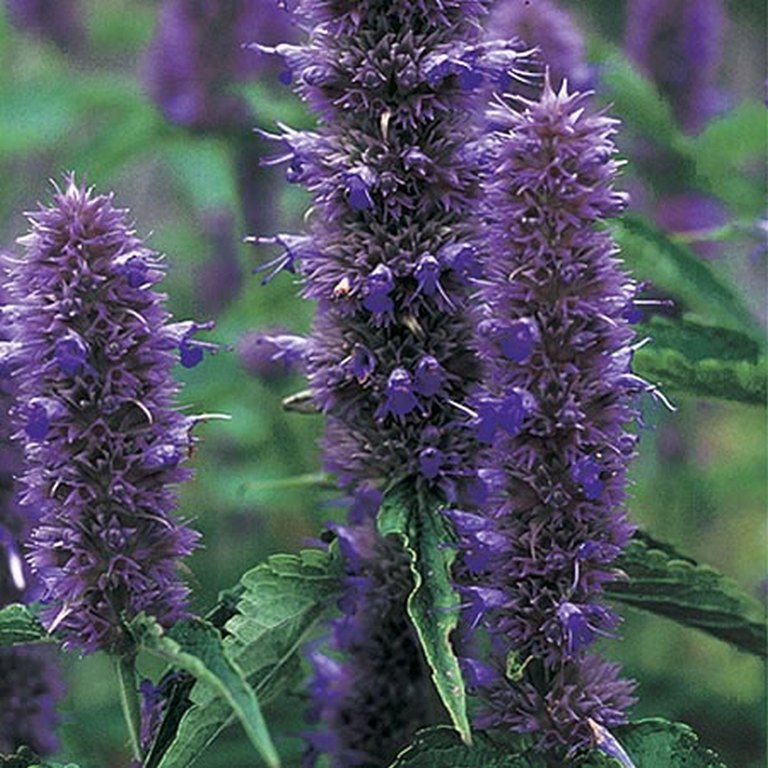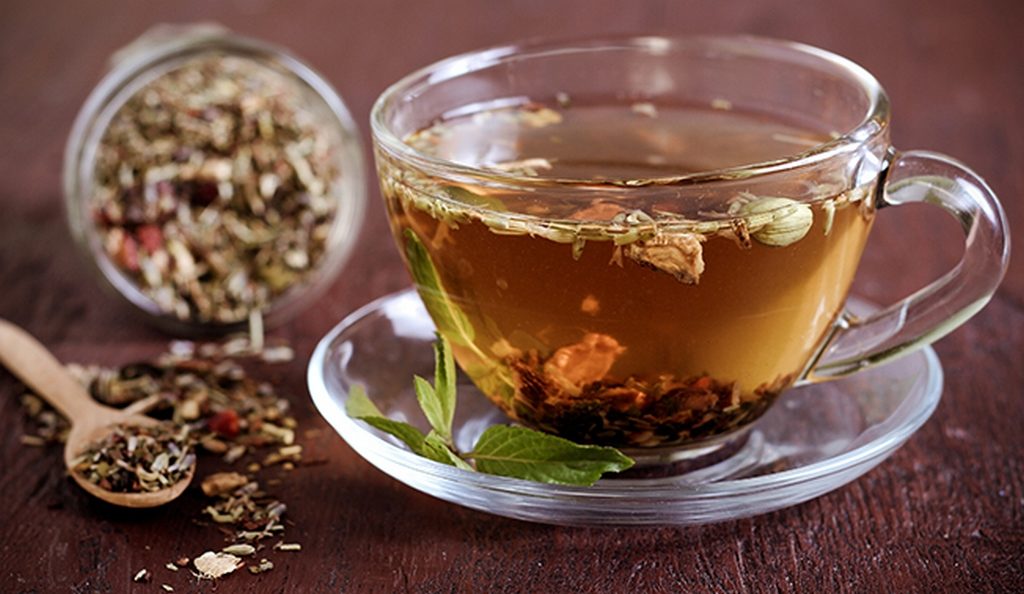The Art of Adapting is essential to the health of our body, mind and spirit. The pace of modern living is a little faster, busier and noisier by the day. Social media creates an ever changing stage; the internet has put the ability to upgrade knowledge (on any subject whatsoever) at our finger-tips; and our workplaces change more rapidly than they have at any other time in history. When we fall short on The Art of Adapting, we feel edgy and tired, then burnt out, leading in turn to a depleted immune system making us prone to all manner of ailments as well as accelerated aging.
There are so many ways to embrace the Art of Adapting and deal with modern-day stressors. It’s really a matter of whatever floats your boat: nature, meditation, walking, yoga, any form of activity or exercise, music, art, rituals, play, laughter, cultivating joy and gratitude, and sharing love are all healing, balancing and rejuvenating.
However, if you are already feeling the effects of stress, chances are you feel time-poor as well, and fitting one more thing in can seem just too challenging.
In which case, one of the easier places to start your Art of Adapting, is with ‘adaptogen herbs’.
An adaptogen is a substance that helps you adapt to change. An adaptogen herb is a herb that must meet the following three criteria:
- it is non-toxic
- it is able to increase the body’s resistance to stressors, and
- it is capable of helping the body return to homeostasis (balance)
Point of interest: both the term adaptogen herbs, and the above criteria, are attributed to Soviet physician and scientist Nikolai Lazarev.)
One of the more common adaptogen herbs is licorice root, which has a diverse and potent range of healing properties.
It counters adrenal depletion, protects mucous membranes, stabilises the thyroid, combats respiratory ailments, reduces inflammation, is a phytoestrogen (making it very beneficial for women’s hormonal health), and is excellent for treating liver disorders and for overall oral health.
It can be used as a tea, tincture, dried root, powder, lozenge, tablet or peacemaker. (A peacemaker herb is a herb used in tandem with other herbs to guide those herbs to where they can be most healing ~ ain’t nature grand!)

Three extremely simple ways of using licorice root at home are:
- Licorice toothpaste: mix two tablespoons of coconut oil, with the same amount of bicarbonate of soda, and one teaspoon licorice root powder. Use this as you would your normal toothpaste. The antimicrobial and antibacterial properties of licorice inhibit dental caries, plaque and gingivitis.
- Licorice tea: pour boiling water over one teaspoon of licorice root in a cup. Let steep for 5-10 minutes, then strain. You can drink this 2-3 times per day for a week. Take a break for a couple of weeks and then repeat. Just a few of the things this tea can be used for are: arthritic pain, PMS, bronchial ailments, constipation, low blood pressure, digestive problems and depression.
- Licorice mouthwash: make the above tea, allow it to cool, and wash your mouth with the tea once per day for overall oral health maintenance.

Please note: Licorice is unsuitable for infants, pregnant or breastfeeding women, and people with diabetes or high blood pressure; and because of the potency of licorice root it is a good idea to not use any treatment containing it, for longer than three-four weeks at a time.
Also note: I do not offer the above as instruction only as information. As always consult your doctor | health therapist, for any ailment you may have, or before starting on the use of any herbal treatment at home.
Given that change is the only constant, for our quality of life and wholistic health, we must learn to adapt. Adaptogen herbs coupled with time out, gratitude, and whatever else makes our spirit sing, are mighty in their aid in helping us do that. ~ GreenWitch Tea
‘The measure of intelligence is the ability to change.’
~ Albert Einstein



